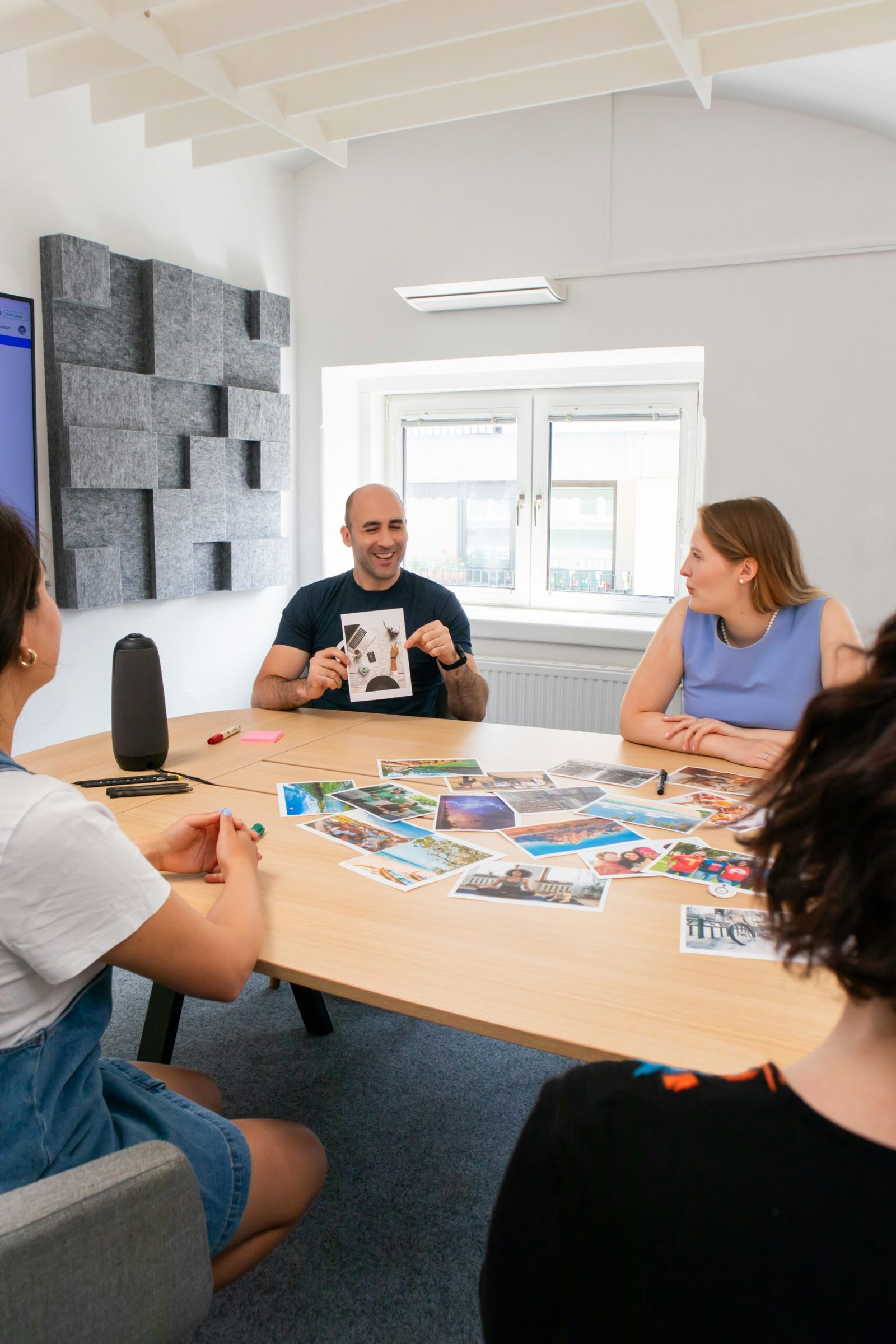Building a high-performing team is essential for achieving organizational success and fostering a positive work environment. A team that works well together can drive innovation, increase productivity, and create a culture of excellence. This article explores seven best strategies for building a high-performing team, supported by research and practical tips to help you lead your team to success.
1. Define Clear Roles and Responsibilities
One of the foundational steps in building a high-performing team is to define clear roles and responsibilities for each team member. When everyone knows their specific duties and how they contribute to the team’s goals, it enhances accountability and reduces confusion.
- Job Descriptions: Create detailed job descriptions that outline each team member’s responsibilities and expectations.
- Clarify Expectations: Regularly communicate with your team to ensure everyone understands their role and how it fits into the bigger picture.
- Align Goals: Ensure that individual goals align with the team’s objectives and the organization’s mission.
Tip: Use tools like RACI (Responsible, Accountable, Consulted, Informed) matrices to clarify roles and responsibilities within the team.
2. Foster Open Communication
Effective communication is crucial for team collaboration and success. Encouraging open and transparent communication helps build trust and ensures that everyone is on the same page.
- Regular Meetings: Hold regular team meetings to discuss progress, challenges, and updates.
- Feedback Culture: Create a culture where constructive feedback is encouraged and valued.
- Communication Channels: Use various communication tools and channels (e.g., email, chat apps, video conferencing) to facilitate seamless communication.
Example: Implement weekly team check-ins to discuss ongoing projects, address any concerns, and celebrate achievements.
3. Promote Collaboration and Teamwork
Promoting collaboration and teamwork is essential for harnessing the diverse skills and perspectives within your team. Collaborative efforts often lead to more innovative solutions and better decision-making.
- Team-Building Activities: Organize team-building activities to strengthen relationships and improve teamwork.
- Cross-Functional Projects: Encourage collaboration across different departments and functions.
- Collaborative Tools: Use collaboration tools like Slack, Trello, or Microsoft Teams to facilitate teamwork and project management.
Tip: Foster a collaborative environment by recognizing and rewarding team efforts and achievements.
4. Invest in Professional Development
Investing in your team’s professional development is crucial for maintaining high performance and job satisfaction. Providing opportunities for learning and growth helps team members stay motivated and engaged.
- Training Programs: Offer training programs and workshops to develop new skills and enhance existing ones.
- Mentorship: Establish mentorship programs where experienced team members can guide and support their peers.
- Career Development Plans: Work with each team member to create personalized career development plans.
Example: Allocate a budget for team members to attend industry conferences, online courses, or certification programs.
5. Foster a Positive Work Environment
A positive work environment is essential for team morale and productivity. Creating a supportive and inclusive culture helps team members feel valued and motivated to contribute their best work.
- Recognition and Rewards: Regularly recognize and reward team members for their hard work and achievements.
- Work-Life Balance: Promote work-life balance by encouraging flexible work arrangements and respecting personal time.
- Inclusive Culture: Foster an inclusive culture where diversity is celebrated, and everyone feels welcome.
Tip: Conduct regular employee satisfaction surveys to gather feedback and identify areas for improvement in the work environment.
6. Set Clear Goals and Expectations
Setting clear goals and expectations provides direction and focus for your team. When team members understand what they are working towards and what is expected of them, they are more likely to stay motivated and aligned.
- SMART Goals: Set Specific, Measurable, Achievable, Relevant, and Time-bound goals for your team.
- Regular Check-Ins: Hold regular check-ins to review progress towards goals and make any necessary adjustments.
- Performance Metrics: Use performance metrics to track progress and measure success.
Example: Use OKRs (Objectives and Key Results) to set and track ambitious goals for your team.
7. Lead by Example
As a leader, your actions and behavior set the tone for your team. Leading by example means demonstrating the values, work ethic, and commitment you expect from your team members.
- Integrity: Show honesty and integrity in all your interactions and decisions.
- Accountability: Take responsibility for your actions and hold yourself accountable for your commitments.
- Positive Attitude: Maintain a positive and resilient attitude, even in challenging situations.
Tip: Be approachable and accessible to your team, showing that you are willing to support and guide them when needed.
Conclusion
Building a high-performing team requires a combination of clear communication, collaboration, professional development, and strong leadership. By defining clear roles and responsibilities, fostering open communication, promoting teamwork, investing in professional development, creating a positive work environment, setting clear goals, and leading by example, you can cultivate a team that is motivated, engaged, and capable of achieving outstanding results.






